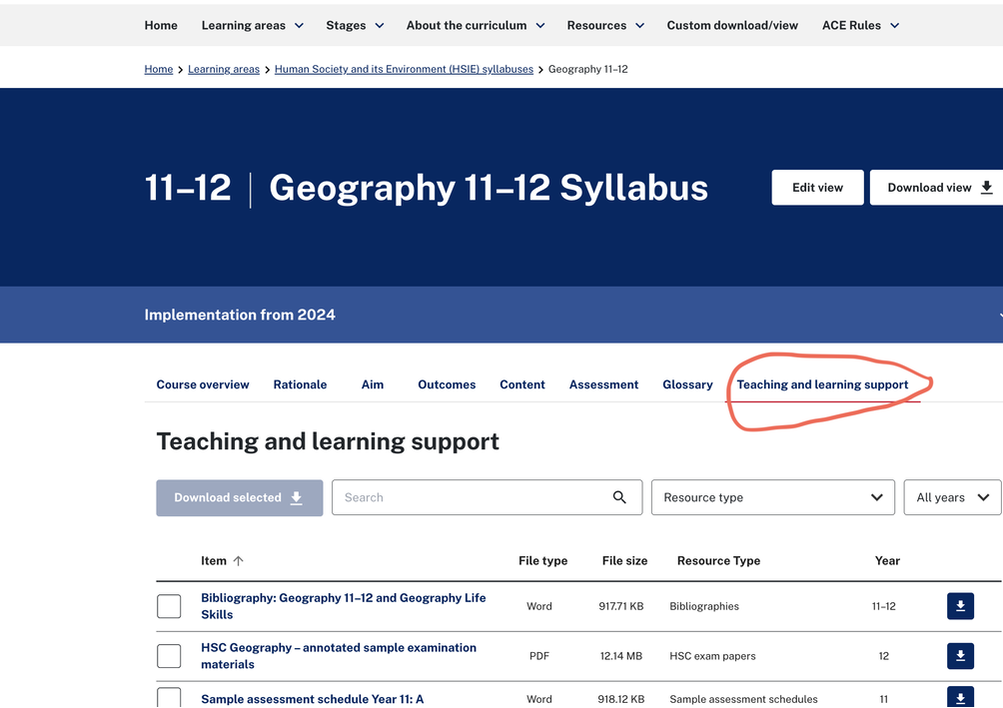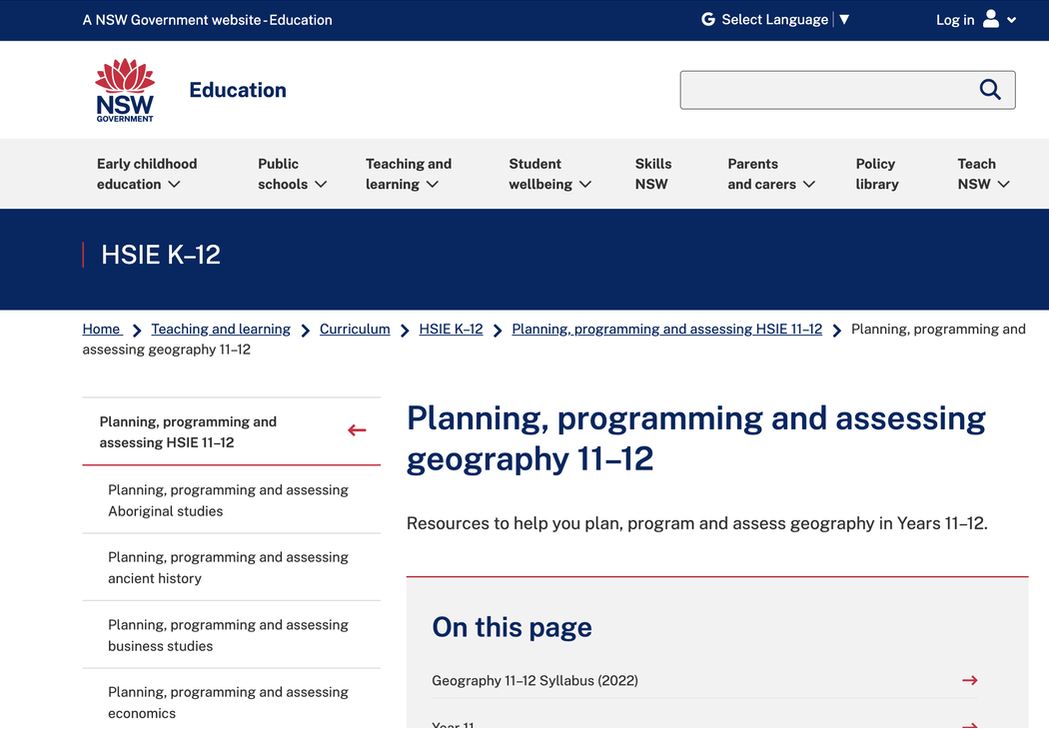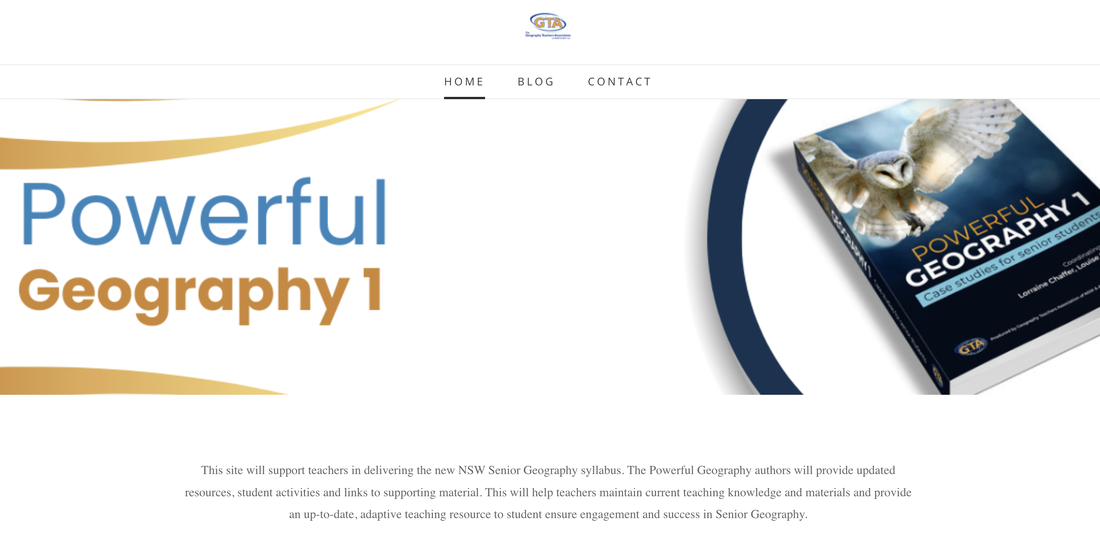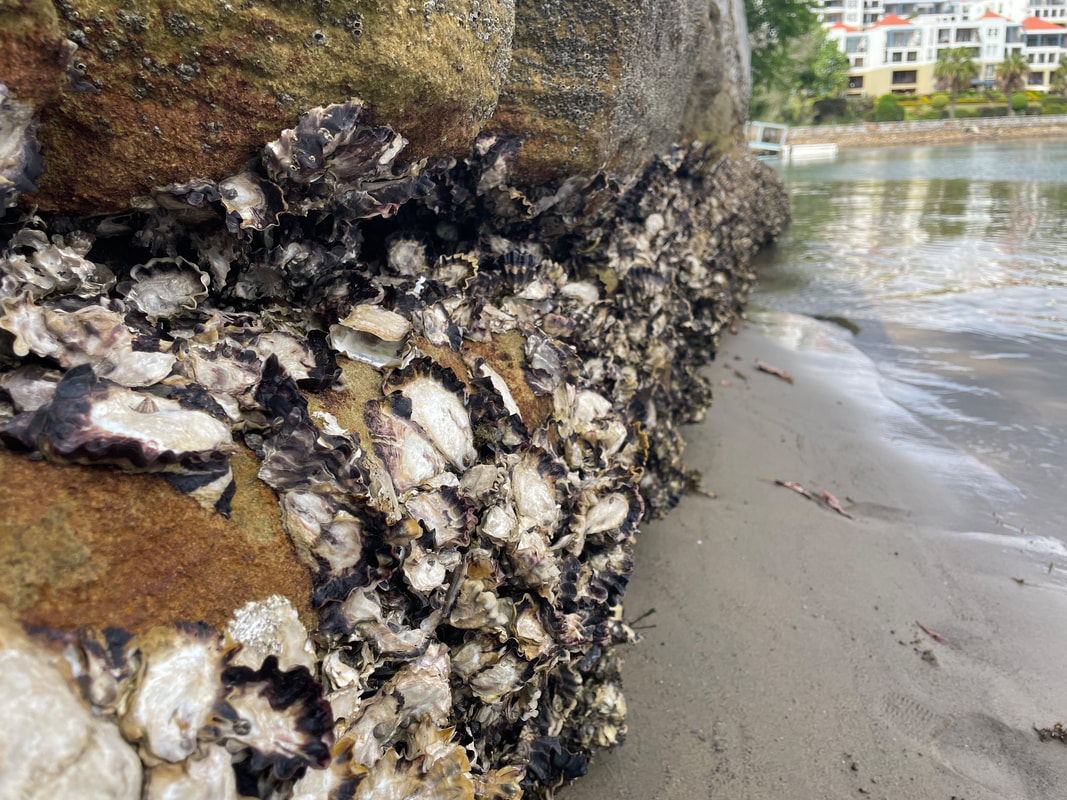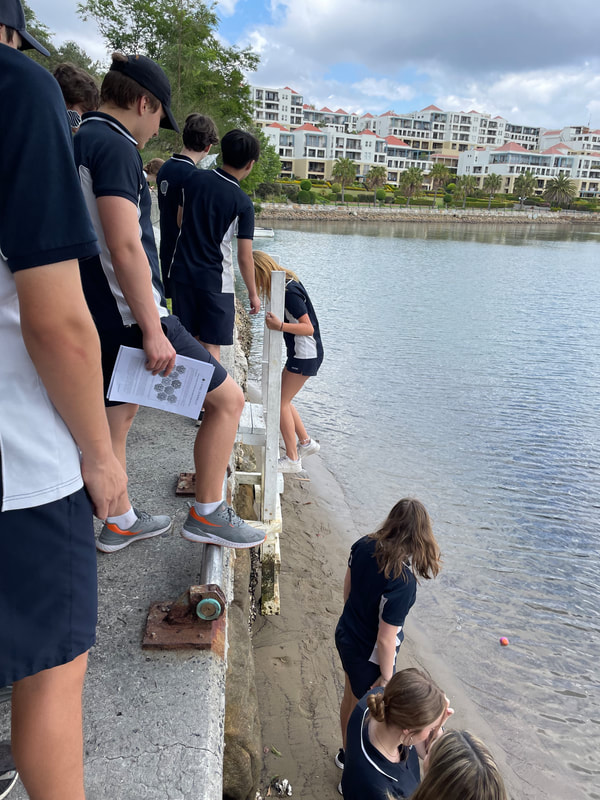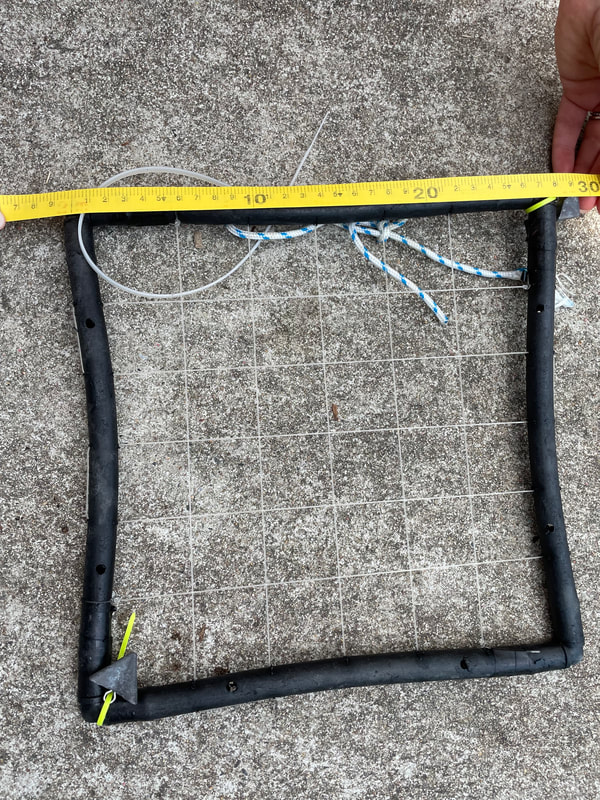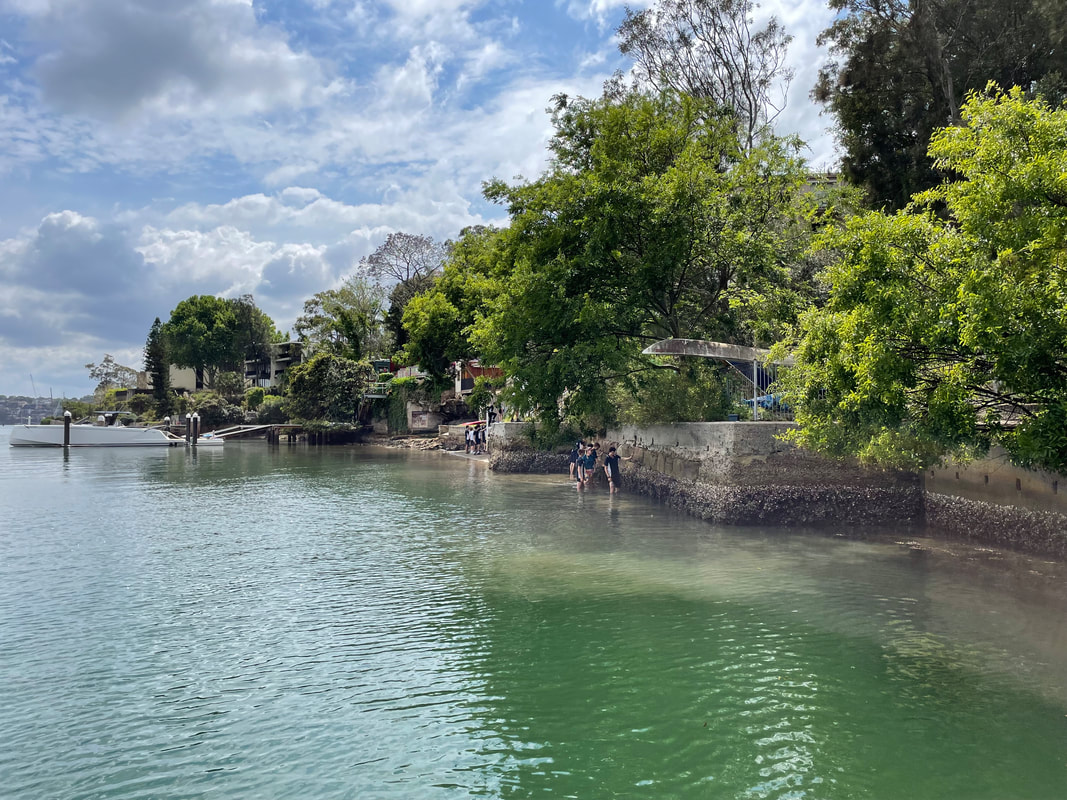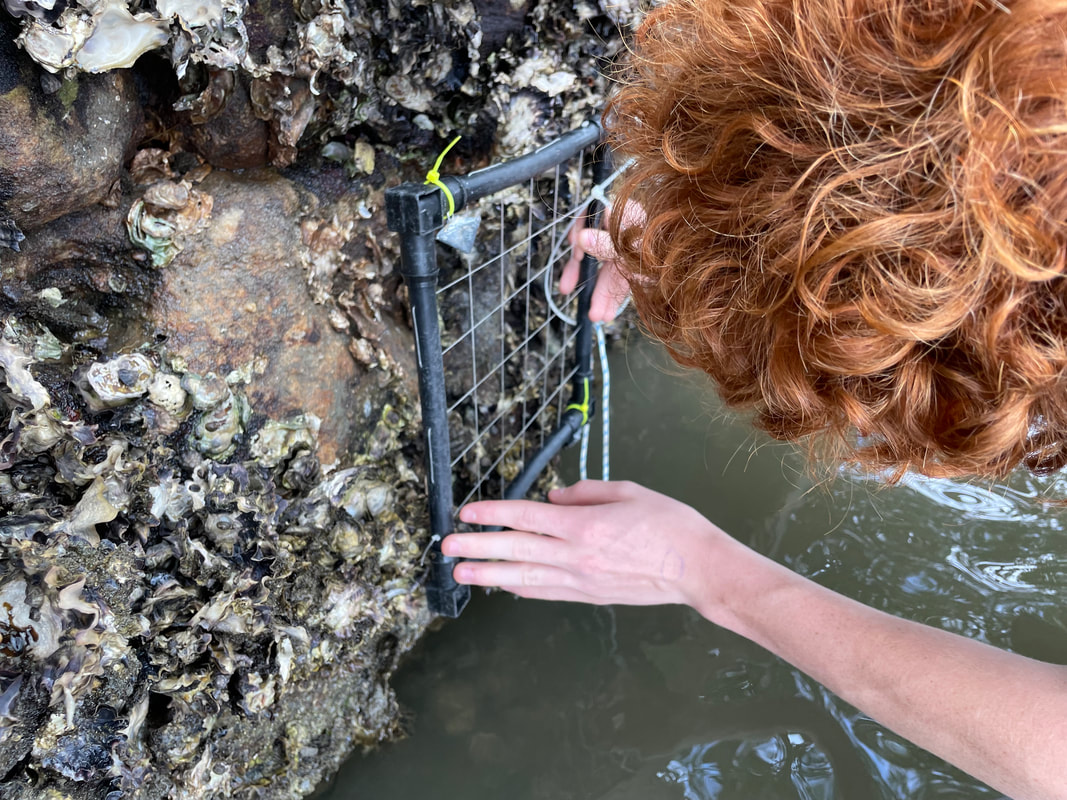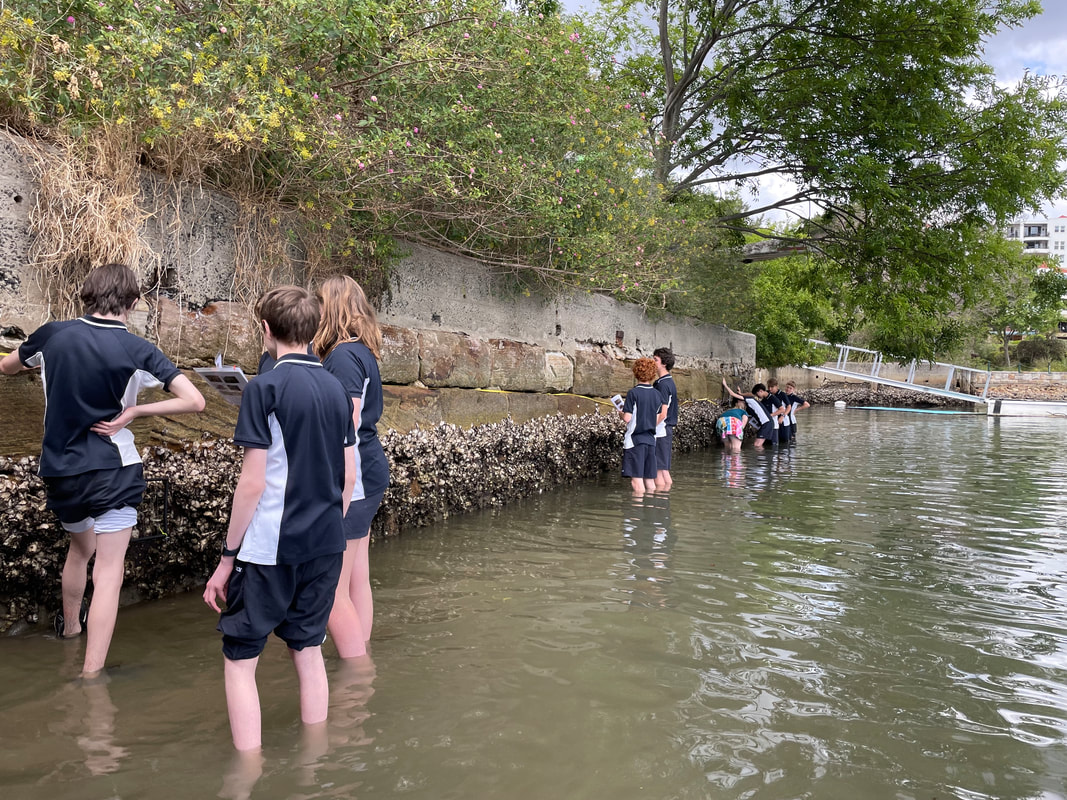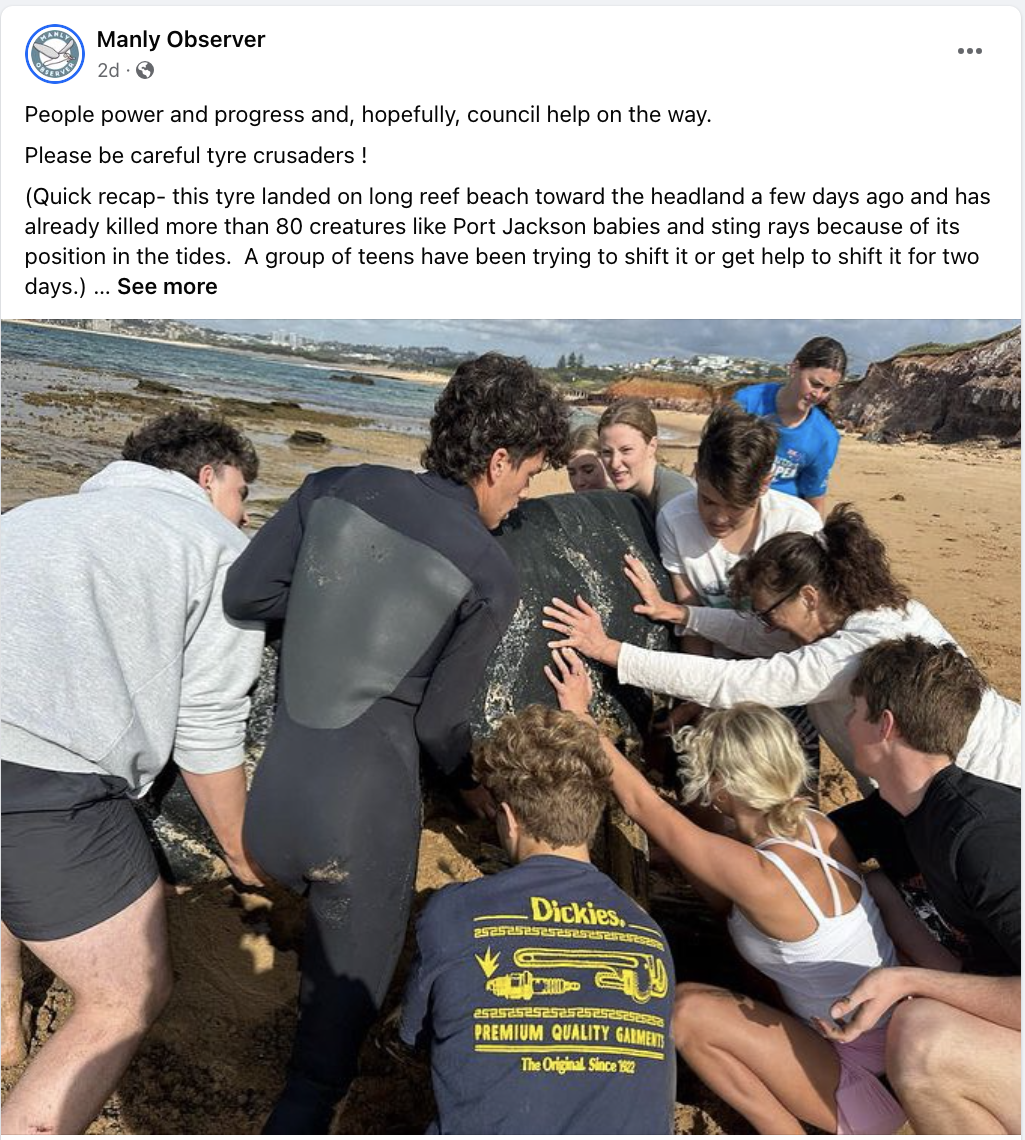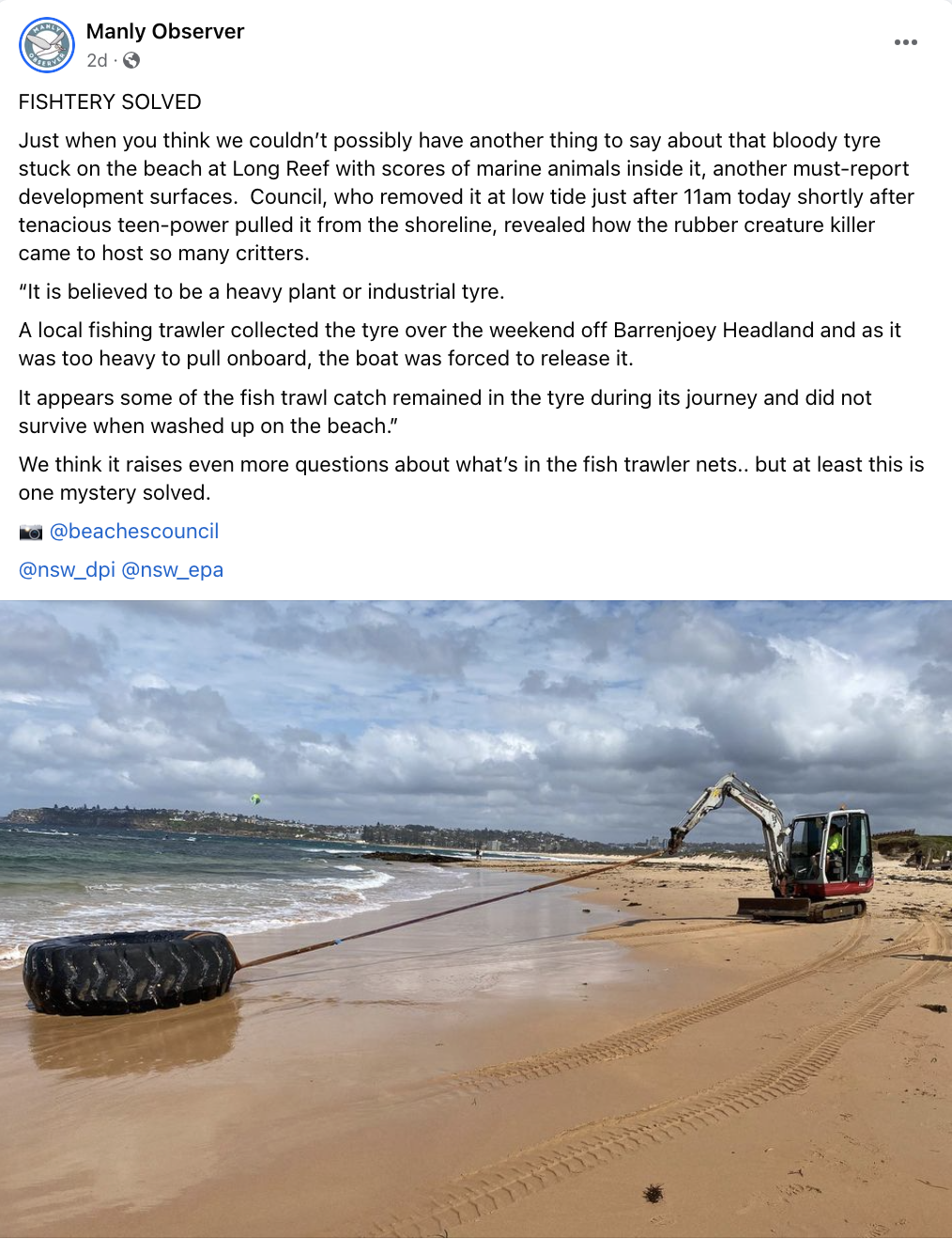|
Quite a few people have reached out to me lately about what is available for teachers that are preparing for implementation of the new Stage 6 syllabus right now. As you probably already know, both the GTA book and the Kleeman book have not been released just yet, but are on their way. So here's some resources that you can get your hands on right away (this is literally a copy of some of the emails that I sent to people). NESA NESA has released support resources that can be found here (see screenshot attached):
Department of Education The DoE has started releasing support material but they are only about 2/3 of the way through the Year 11 course (see screenshot attached):
Powerful Geography 1
In. the lead up to the release fo the Powerful Geography 1 resource, an Author's Blog has been created to provide support for programming, lesson planning and integrating fieldwork. There blog can be found here: www.powerfulgeography.weebly.com
0 Comments
Our Balmain Foreshore Project continues with a pre-installation biodiversity survey of our school's seawall today. Dr Rosie Steinberg spent time teaching our staff and students how to undertake the biodiversity survey so that it can be repeated over time to assess the effectiveness of the Living Seawall panels in encouraging biodiversity. A seawall has been selected along the school's property for installation. Students accessed the site by ladder and in most places the water was ankle or knee deep. In a few spaces it was a little deeper, but no more than mid-thigh. We had multiple teachers on supervision to ensure safety. The survey involved a quadrat method. The quadrats were fairly simple in design - something similar to poly pipe used for irrigation with fishing line to create intersections. They measure 25 cm square. The focus of the activity was an extended length of around 15 metres along the wall. 4 areas were identified for installation of the seawall panels, with control areas in between where panels would not be installed. The length of seawall is accessible at low tide, and sites were chosen for the panels along the oyster band and below (mid to low intertidal zones). Students worked in teams of 3-4 to undertake the survey. Students held a quadrat square along the wall, and then recorded the organisms found. This activity was repeated a number of times in areas that will have sea wall panels installed, as well as areas that will not (control sites). Students referred to the Living Seawalls Field Guide to identify Species groups - Molluscs, crustaceans - Mobile, Crustaceans - Barnacles, Ascidiacea (sea Squirts), Bryozoa, Porifea - Sponge, Polycheaete - Tubeworm, Algae - Erect Branching, Algae - Globose, Algae - Laminate, Algae - Articulated Calcareous, Algae - Filamentous, Algae - Encrusting, and Algae - Sheetlike. This is the first survey planned for this site. It is expected that this activity will be completed several times a year once the Living Seawall panels are installed.
I need to give a big shout out to Aria Lee the Living Seawalls Project Manager at the Sydney Institute of Marine Sciences (SIMs) who has been invaluable in helping us bring this part of our project together. This is one of several posts about our Balmain Foreshore Project. Read more... Balmain Foreshore Project - Introduction Gardening Below the Surface - Operation Posidonia Balmain Foreshore Project - Trial Activities Balmain Foreshore Project - Implementation Balmain Foreshore Project - Living Seawalls Balmain Foreshore Project - Living Seawalls: Pre-Installation Biodiversity Survey Over the last couple of weeks, the Manly Observer has been recording the appearance and removal of an industrial tyre at Long Reef and the actions of mostly young people in the community to relocate it. They removed the sand that had built up inside it to try to make it easier to move, but each time they took out a layer of sand they found a variety of fish, rays and juvenile sharks. In all, around 80 marine creatures were removed from the inside of the tyre. Read the full story here: How 80 dead creatures came to rest inside an industrial tyre on the Long Reef Shoreline The reporters and community engaged in discussions about how so many marine creatures could have made their way inside the tyre. Some suggested that it was being used for shelter, and then as the tides went out animals became trapped. Eventually the group managed to move the tyre away from the shoreline, and it drew enough attention that the local council became involved the remove it from the beach entirely. Council reported that a local fishing trawler had let them know that they had unintentionally pulled up the tyre out of the water, but it was too weighty to bring aboard the ship, and they released it back into the water. The creatures inside the tyre were most likely to have been bycatch, caught in the trawlers net.
This is a great little story to use in the classroom. Active Citizenship It highlights the importance of active citizenship in the most practical way. It shows that how young people can have an impact on their environment, work collaboratively and achieve something tangible that initially seems beyond their capacity. It demonstrates how collective action can get the attention of media, government and the community and bring about more change than the individuals are capable of by themselves. Geographic Investigation This story is a great way to talk to students about hypotheses, assumptions, using sources, and drawing conclusions. The teenagers began their own investigation of the tyre, found the dead creatures and assumed the tyre had caused the deaths. The tyre may have caused some of those deaths. The idea of fish getting caught on the low tide is entirely plausible, but doesn’t seem to account for the huge number of creatures found. Regardless, I love that some mostly incorrect assumptions resulted in these teenagers doing something great (removing rubbish from our oceans). Contacting additional sources – like the local council - led to the alternate and more plausible explanation of the involvement of the fishing trawler. Let’s hope these young people are now encouraged to find out more about trawling. Problem Solving and Mystery The way this story unfolded on social media was really interesting and engaging, and this could be replicated in a classroom by only providing some pieces of information at a time and allowing students to problem solve and eventually solve a mystery. Students could be presented with a range of scenarios to explore - the tyre in the water, the creatures in the tyre, the weight of the tyre, the encroaching tide, etc. Student could be asked to problem solve each step and be given roadblocks or positive outcomes dependent on the solution they come up with. Open ended questions could be provided to encourage deeper exploration of coastal environments, environmental issues and management strategies. The structure could almost be set up like a murder mystery, with clues along the way, and students trying to solve the crime. It is easy to fall into a trap of thinking that environmental issues are too big for an individual to have an impact. I have only recently had some conversations with students who felt they couldn’t make any real impact because the world’s problems were just too big. This is a great, short story to engage students with geography and show the impact that individuals and groups can have their local environment, but also that once that first job is one, there’s more to do! |
Categories
All
Archives
April 2024
|
